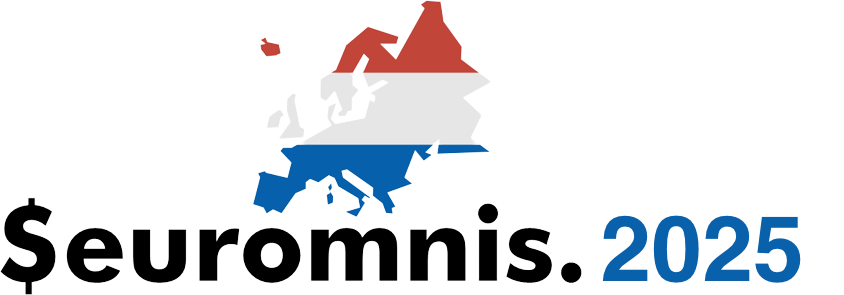4 days / 20 talks
Awesome and great speakers

David Barnett
Automated Application Testing
A demonstration of an automated testing system developed in-house for testing the operation of an Omnis application. The system combines a Python-based tool which picks up test scripts built in Excel, and runs the script by firing off calls to an Omnis remote task to trigger test fixtures (objects built in Omnis) to operate different parts of the Omnis application. The tests cover most application operations, interface manipulations and reporting features to confirm that every part of the application continues to operate as expected as fixes are done and new features are added. This is not an ‘available product’, but an interesting combination of Omnis with other technologies that might inspire others to purse testing their own applications.
SQL That Works For You
We’ve all had to do it. Bring lots of data back to Omnis to process or summarize before presenting on screen or printing. Or execute many calls to the database to figure out if records exist already before revising or inserting data. This session will look at powerful SQL commands that can do a lot of work for you in a single SQL call, avoiding many of those extra round trips.
We will look at the MERGE command to insert or update records based on what’s already in the database; at various Analytic functions that do ranking, percentages and row numbering based on what’s in the result set; at Common Table Expressions for making your sql calls more efficient; and at Group By Rollup and Grouping Sets to generate multi-level subtotals for reporting without depending on the Studio reporting tools.
As time permits we will look at other SQL functions that can be handy in your application. This session will focus on the SQL side of things. It will not cover how to connect Studio to a database or use Studio sql classes. How you ultimately use these SQL techniques in your application will be up to you.
